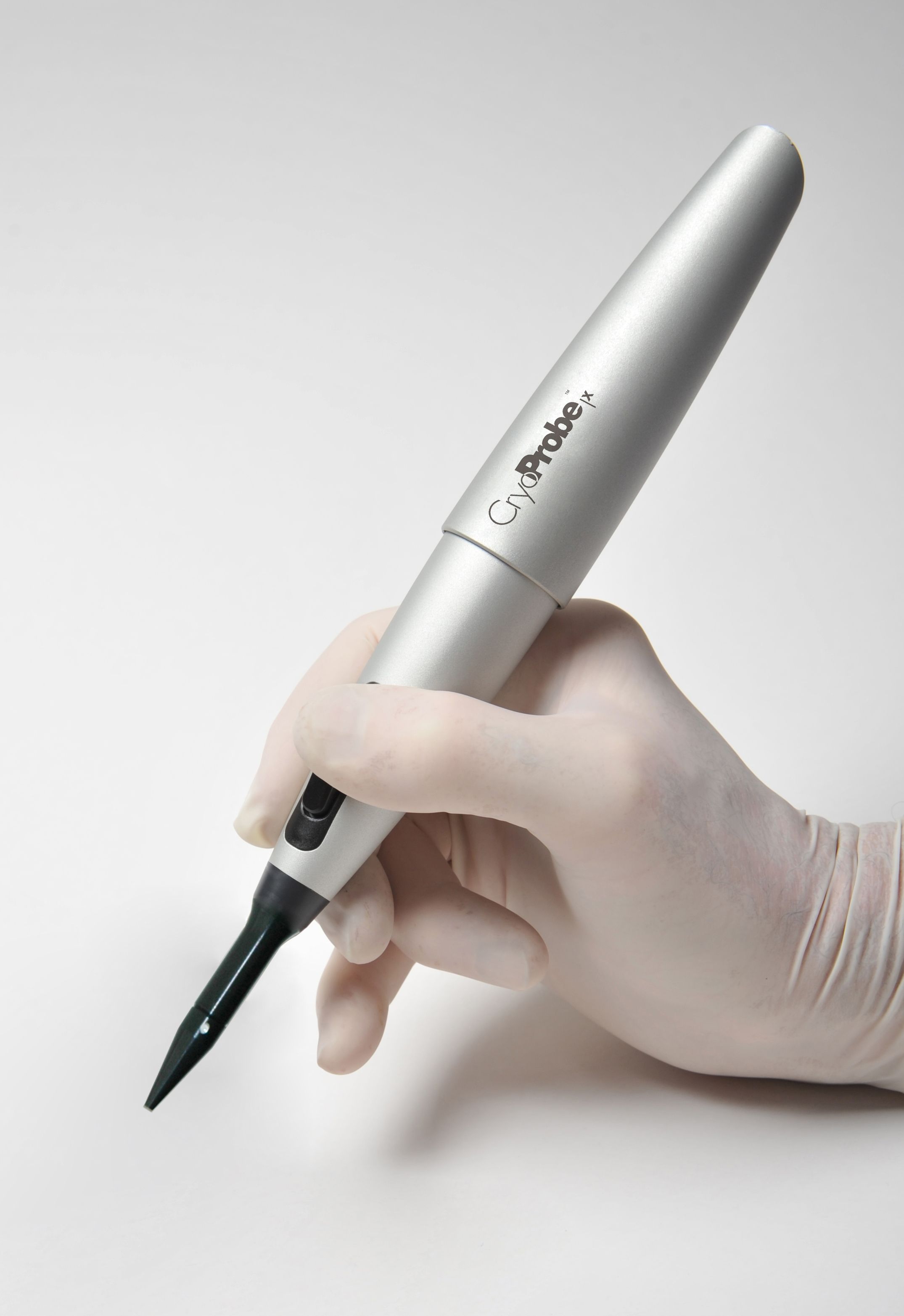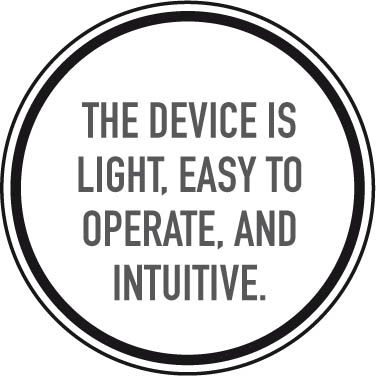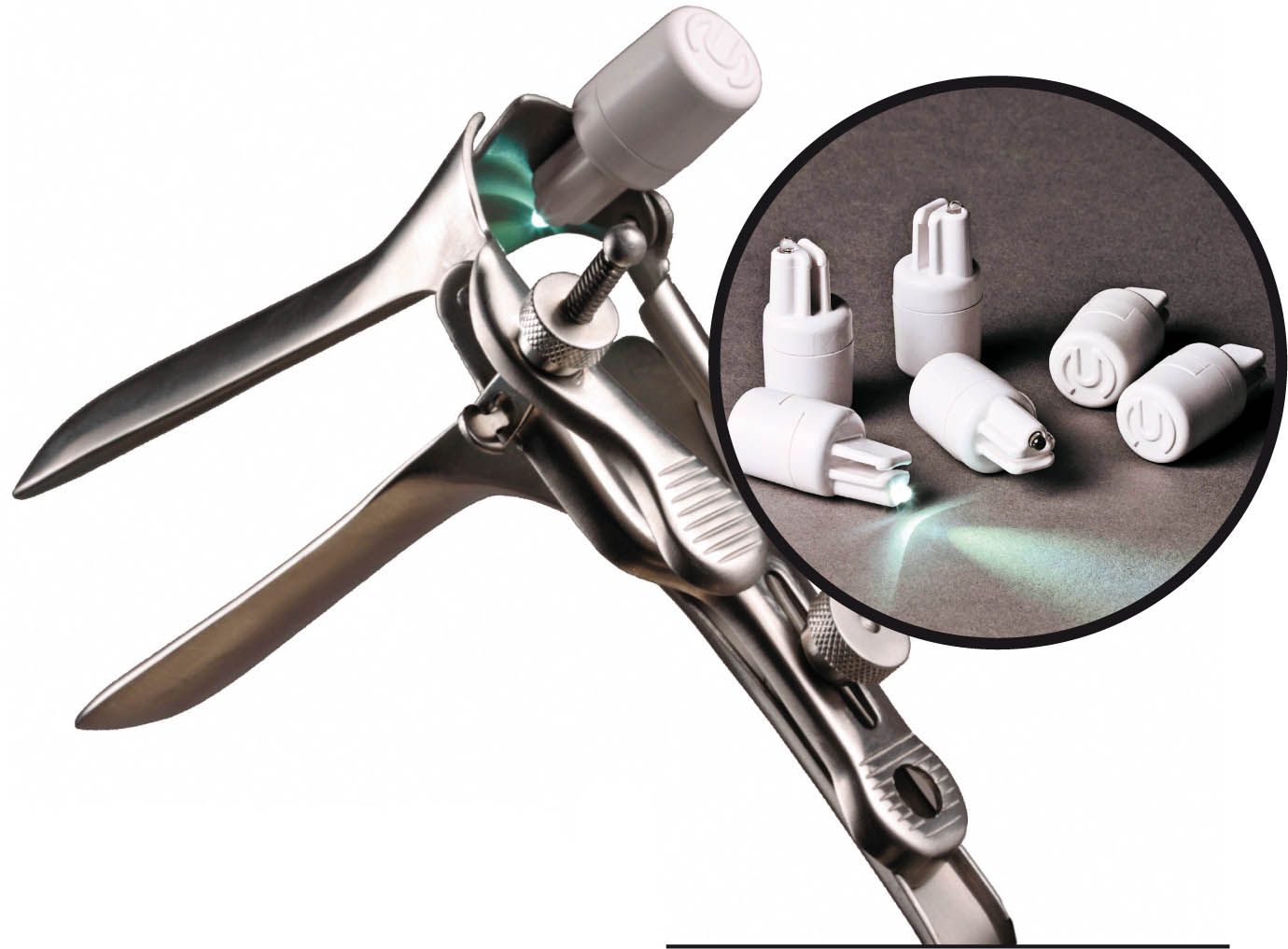Product reviews: CryoProbe and OptiSpec
The views of the author are personal opinions and do not necessarily represent the views of Contemporary Ob/Gyn. Dr. Greenberg personally tests all the products he reviews. Dr. Greenberg has no conflicts of interest with these products or the companies that produce them.
CryoProbe


Background
Condylomata acuminata (genital warts) result from infection with human papillomavirus (HPV), which is the most common viral sexually transmitted disease in the United States. Treatment options include chemical or physical destruction, immunotherapy, and surgical removal. Although there is no evidence that any one treatment option is significantly better than another, cryocautery is a popular modality with which these lesions are addressed.
With cryosurgery, extreme cold temperatures are used to crystalize a cell’s cystoplasm, destroying it. Mild freezing also leads to separation of the dermal-epidermal junction, which is useful in treating epidermal lesions because the more sensitive cells in the epidermis are destroyed while the dermis is left intact. The degree of damage depends on the rate of cooling and the minimum temperature achieved. Inflammation develops during the 24 hours after treatment, further contributing to destruction of the lesion through immunologically mediated mechanisms.
Slow thaw times and repeat freeze-thaw cycles produce more tissue injury than a single freeze and thaw. As compared with other destructive treatments, cryosurgery offers the further benefit of preserving the surrounding tissue matrix, which is relatively cold-resistant, thereby decreasing scarring. After dead tissue is sloughed off, re-epithelization occurs.

In clinical practice, liquid nitrogen, which boils at −196°C (−320.8°F), is an effective cryogen for clinical use and has been a staple of treatment for close to 100 years. Temperatures of −25°C to −50°C (−13°F to −58°F) can be achieved quickly if a sufficient amount of liquid nitrogen is applied to tissue. Generally though, destruction of most lesions requires temperatures of only −20°C to −30°C (−4°F to −22°F) and for that, nitrous oxide (N20) has proven ideal.
Much as with the telephone, which took more than a century to evolve from its introduction by Alexander Graham Bell in 1876 to the availability of its more convenient and portable offspring, the iPhone (introduced in 2007), cryocautery delivery systems have taken a while to mature. Now from our Belgian friends comes the newest and coolest cryosurgery device yet: CryoProbe.
Design/Functionality
When I first saw CryoProbe at the 2015 ACOG Annual Clinical Meeting, I was drawn immediately to its sleek, ultramodern design and space-age brushed aluminum casing. With an appearance closer to one of those high-end writing utensils that are given as gifts to people who already have everything, CryoProbe is ergonomically proportioned to fit into the hand comfortably. The device is light, the spray trigger mechanism is easy to operate, and use of the whole product is intuitive. It comes with a variety of tip configurations to address different clinical situations. The device uses nitrous oxide as its cryogen and is available in models that accommodate either 8-g or 16-g cartridges. Eight-g cartridges provide 100 seconds of constant gas flow while the 16-g cartridges provide 200 seconds. As a general rule, lesions require about 5 seconds of treatment for every 1 mm of tissue penetration.
In clinical use, CryoProbe worked like a dream. In the past I have used both large gas tanks connected to pistol-gripped probe tips and HistoFreezer. CryoProbe blew away both of these in terms of convenience, usability, and accuracy of application. Instead of touching a probe to the lesion, CryoPen is a spray application and simple enough for any clinician to use.
Innovation
I suspect little about this technology is too novel or complex but, as the end user, I was impressed. CryoProbe’s design, functionality, and packaging are all relatively innovative in this space and I would be surprised if other similar products did not appear soon (if they are not already there). I see this as the new standard by which other products for condyloma destruction will be judged.
Summary
I love CryoProbe. I love the way it works; I love its convenience; I love its look. When it comes to treating condyloma, this is a great product that I highly recommend.
Note: The US office for H&O Equipments, Inc. is in Charleston, South Carolina.
OptiSpec Gynecology Light


Background
Consistent, proper illumination of the vagina and cervix can be a challenge. Fortunately, over time, this challenge has been met with a variety of technologies. Single-use plastic speculums with built-in LED lights have lately emerged as popular choices for clinical situations in which fixed external lighting is not readily available. Now, a new twist on the disposable light idea comes to us from Utah Medical in the form of OptiSpec.
Design/Functionality
Rather than a completely disposable, single-use lighted speculum, OptiSpec is a small, ultra-bright, pure white-light-spectrum LED light source that can clip onto any speculum to provide immediate illumination of the upper vagina and cervix. The device is intended as a single-use product and comes in an individual sterile packet with 25 devices per box. It is simple, lightweight, and intuitive.
In clinical use, OptiSpec provided outstanding light-better than my current halogen goose-necks. It fit easily onto every speculum I tried and was never in my way. My only objection came from my inner “green” soul that generally prefers reusables to disposables but, compared with completely disposable plastic speculums, this is a no-brainer.

Innovation
Today, LED is everywhere. It lights up our homes, turns our phones into flashlights, and now helps illuminate the deeper recesses of the vagina and cervix. Where OptiSpec makes a difference is in its empowering ability to allow pelvic exam providers to use the speculum of their choice rather than succumb to a “one-size-fits-all because that is the only way to get light in there” mentality. OptiSpec is more clever than innovative but I do think it is a better choice than most disposable lighted speculums that are currently in this space.
Summary
OptiSpec is a really good product. It provides better light to the upper vagina and cervix than anything else I have ever used. However, it is a single-use product meant to replace a reusable light source, so each provider will need to decide whether his or her clinical situation justifies the cost and landfill space. If you currently have good lights in every room in which you perform speculum exams, perhaps this is not for you. If you need to bring a light into the room for speculum exams then this is definitely better than whatever you are currently using.
